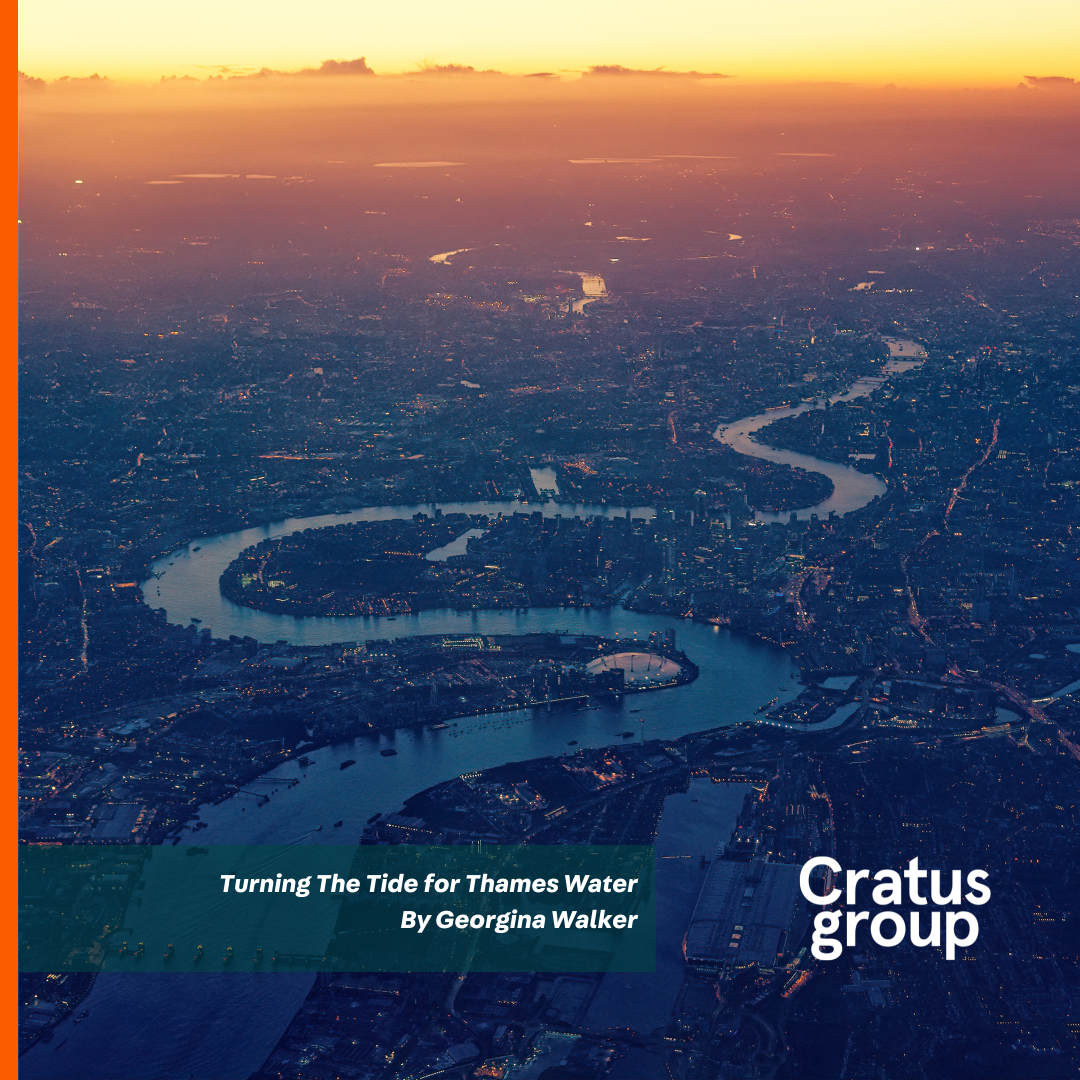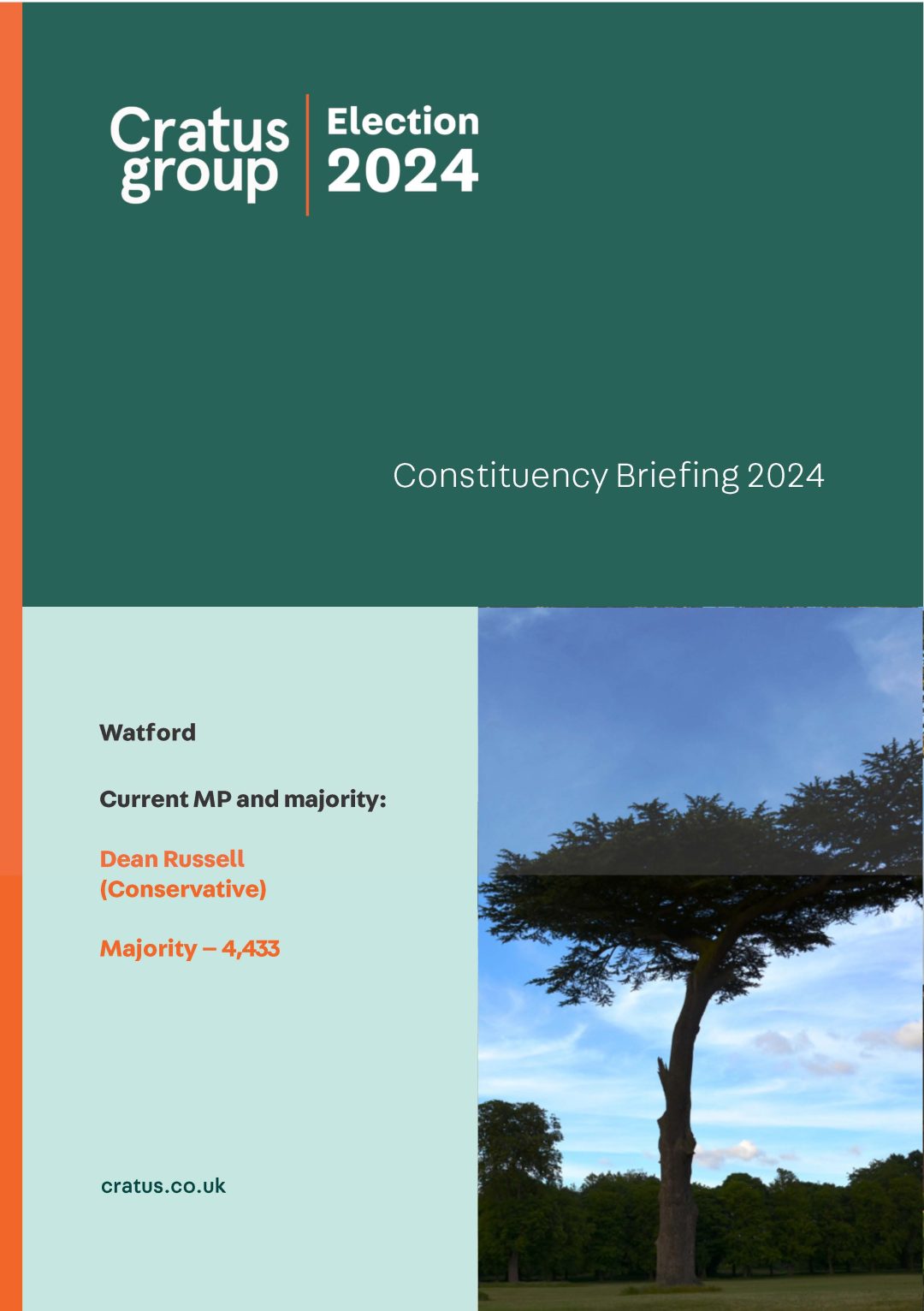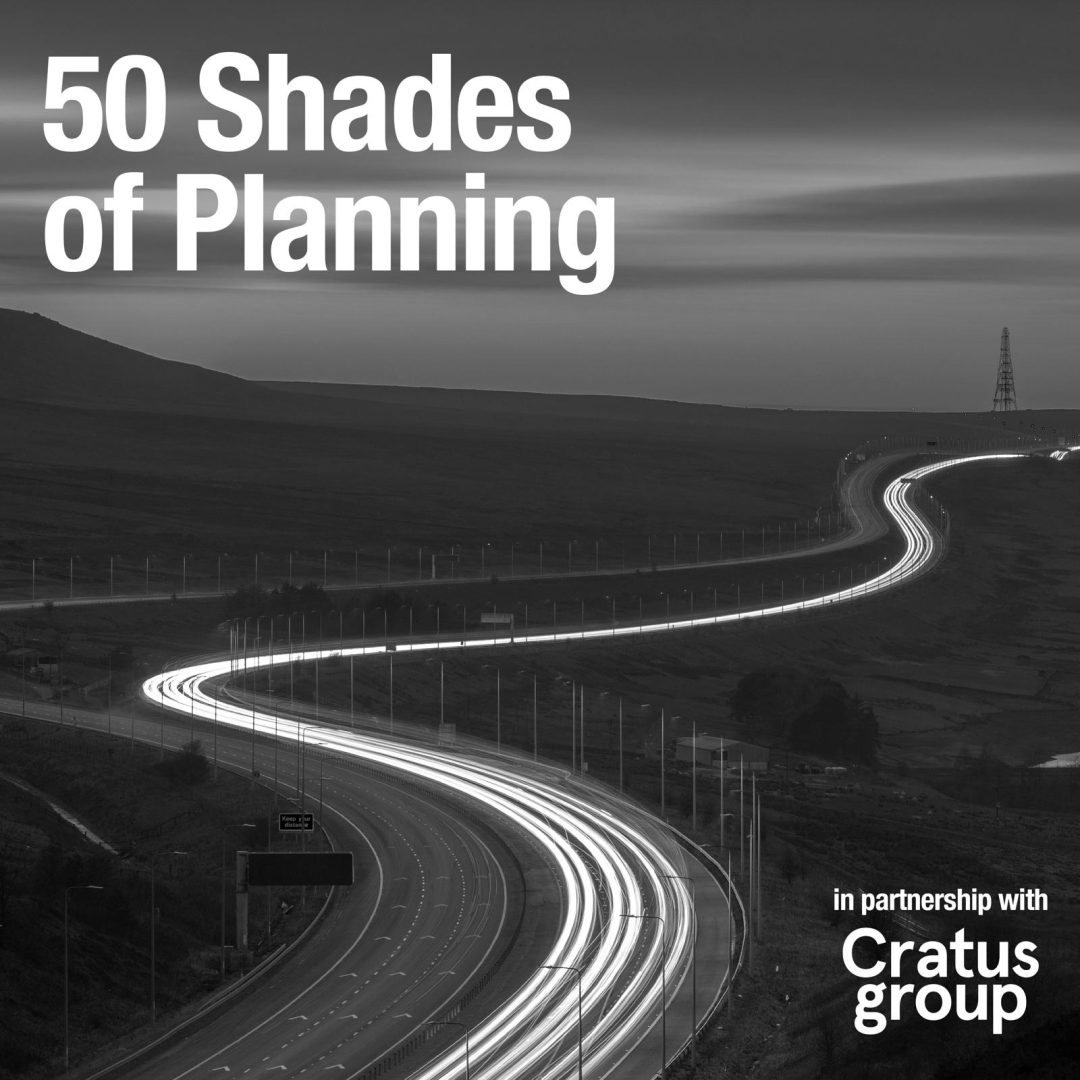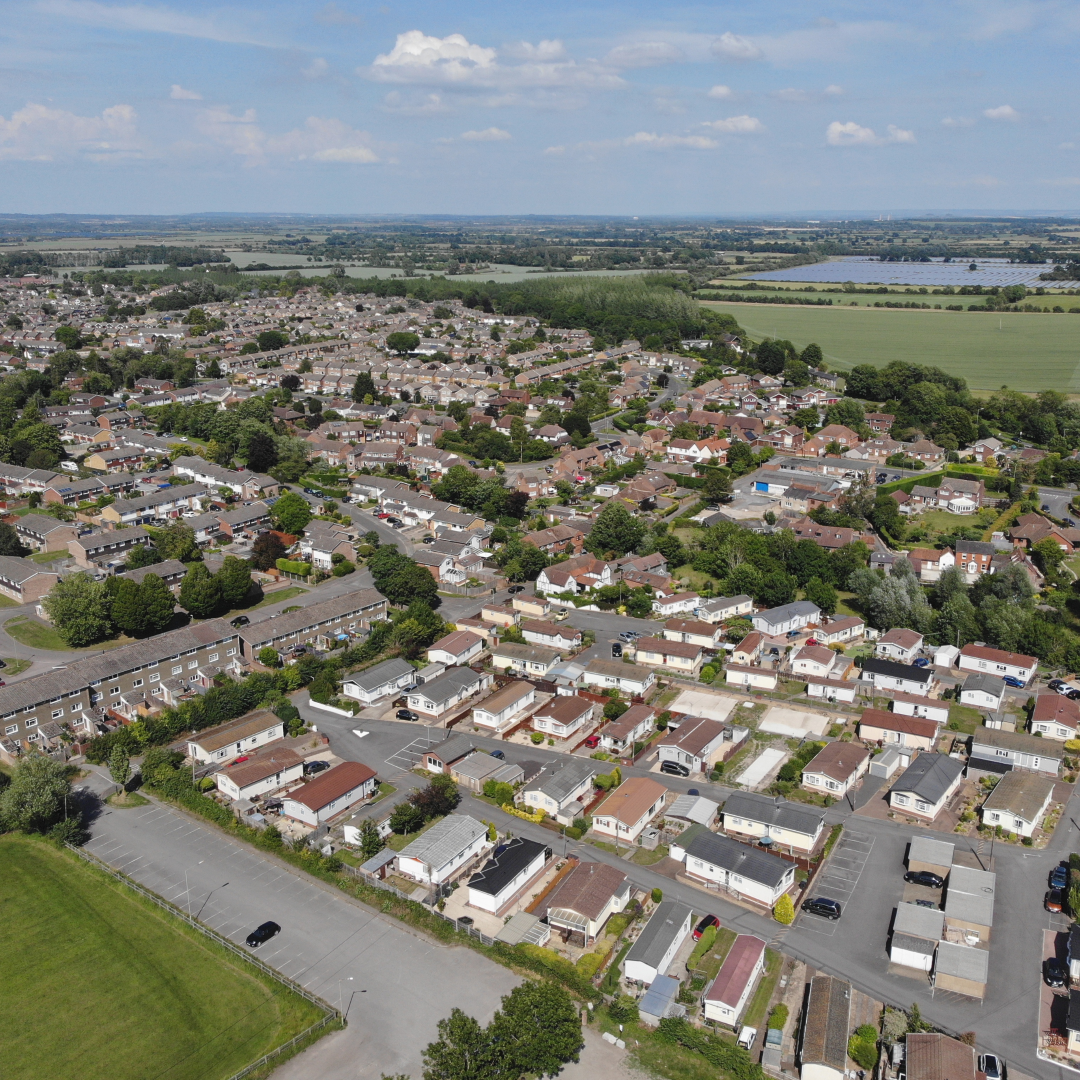Do the Bucks stop here? The reorganisation of local government in Buckinghamshire
Aside from the highly-competitive political bellwether of Milton Keynes, the remainder of Buckinghamshire has rarely been under the political microscope considering the continued dominance of the Conservative Party in the county. Indeed, Buckinghamshire was the only county council to remain in Conservative-control in the mid-1990s, the last time a Conservative Government was squabbling with itself over Europe. This dominance has continued until the present day with the Conservatives having a large majority on both Buckinghamshire County Council and the County’s four district councils – Aylesbury Vale, Chiltern, South Bucks and Wycombe. However despite this history of political stability, Buckinghamshire now faces a profound change to its local government structure, largely due to the constrained state of local government finances.
Following a public consultation, Secretary of State for Housing, Communities & Local Government James Brokenshire MP confirmed in early November that the UK Government has agreed to support the creation of a single unitary local authority which will cover the entirety of the area of Buckinghamshire County Council. If agreed by Parliament, and consented by the District Councils themselves, it will therefore mean that Aylesbury Vale, Chiltern, South Bucks and Wycombe District Councils will cease to exist as of 1 April 2020. The single unitary proposal was opposed by the four District Councils who sought an alternative plan for the creation of two local authorities, one of which would have contained the area covered by Aylesbury Vale with the second authority taking in the three districts in the South of the county. This proposal was relatively similar to recently adopted reorganisations which have taken place in Dorset and Suffolk. However, the Government has sided with the proposal for a single unitary council which was enthusiastically supported by the Leader of Buckinghamshire County Council, Cllr Martin Tett, who described the Government’s decision as “paving the way for a brand new council fit for the future.” The early indications are that despite some early suggestions of Christchurch-style legal actions against the decision, the four District Councils will grudgingly fall into line and agree to support the creation of the single unitary local authority. Having said this, there are murmurs that Chiltern District Council in particular is unhappy at having to surrender any unspent reserves by April 2020 to the new authority as this money could potentially then be spent outside the Chiltern District boundaries.
One early repercussion of the reorganisation is that the next elections to the four District Councils which are scheduled for May 2019 are now highly unlikely to take place as the councils are unlikely to agree to approve the expense incurred for elections for what will be a mere one year term of office. The Secretary of State has offered to lay an order before Parliament to cancel the elections in May 2019. Therefore, it seems highly likely that each District Council will support this measure to prevent unnecessary expenditure and Buckinghamshire’s councillors will be afforded a year’s break from electioneering.
The new Council is set to be one of the largest in the UK, representing around half a million people and potentially comprised of 98 councillors (replacing the 236 who currently cover Buckinghamshire at both District and County Council level). Although the District Councils will be removed, it does appear that in some parts of the county, there could be new town councils created in order to ensure that some decision-making is still taken at a local grassroots level with the “Bucks Free Press” newspaper running a campaign for a new town council to be created in High Wycombe.
In terms of Planning, with the likely demise of the District Councils we will see responsibilities switched to the new unitary local authority which will also have responsibility for transport issues. On house building, we can expect the large new unitary council to have differences of opinion with neighbouring Labour-controlled Milton Keynes Council which saw Government funding for up to 100,000 new homes scheduled to be announced in this year’s Budget blocked by the town’s two Conservative MPs.
In terms of the leadership of the Council, it seems likely that Cllr Martin Tett will look to lead the new local authority. He has developed a high profile for himself in the Local Government Association in recent years, serving as the LGA’s Chairman of the Environment, Economy, Housing & Transport Board and is a frequent contributor to media discussions on local government issues. However, it should also be noted that three of the four District Council Leaders – Cllr Angela Macpherson (Aylesbury Vale), Cllr Isobel Darby (Chiltern) and Cllr Katrina Wood (Wycombe) are existing members of Buckinghamshire County Council and have the networks and the leadership experience to potentially head up the new authority.
One thing that does seem likely is that, barring any further political earthquakes, the new local authority will continue to be firmly in Conservative hands when the time comes to elect its first councillors.







